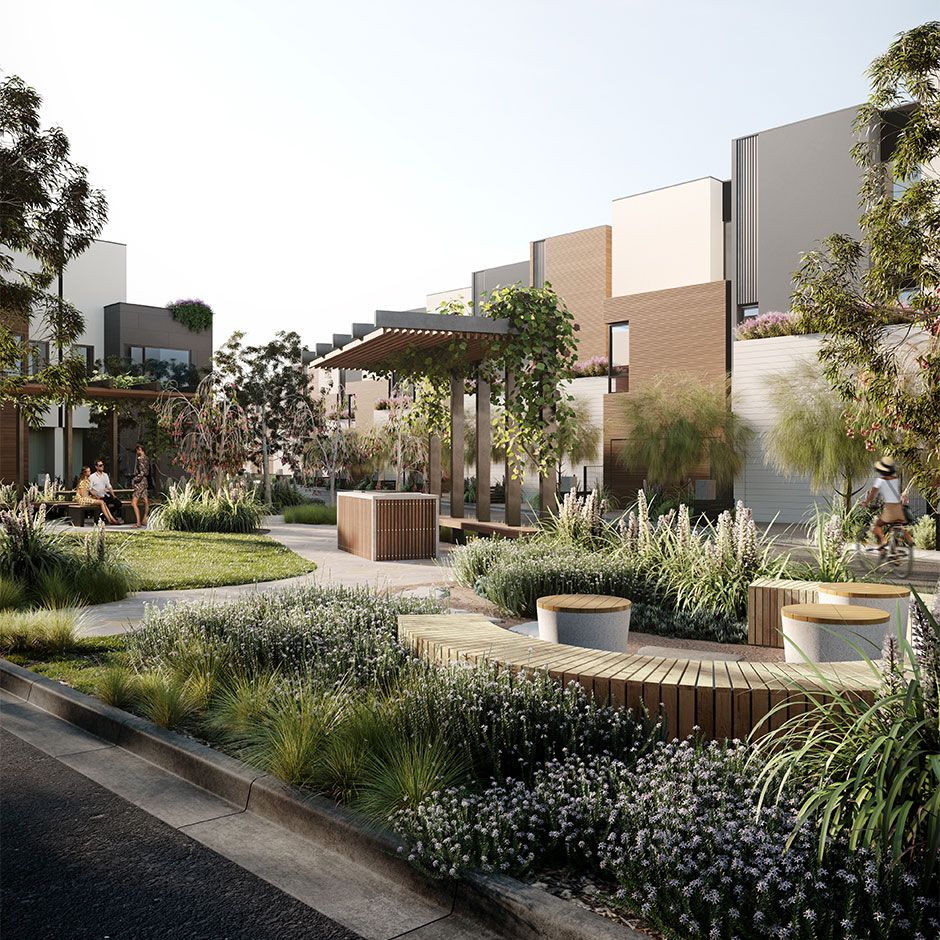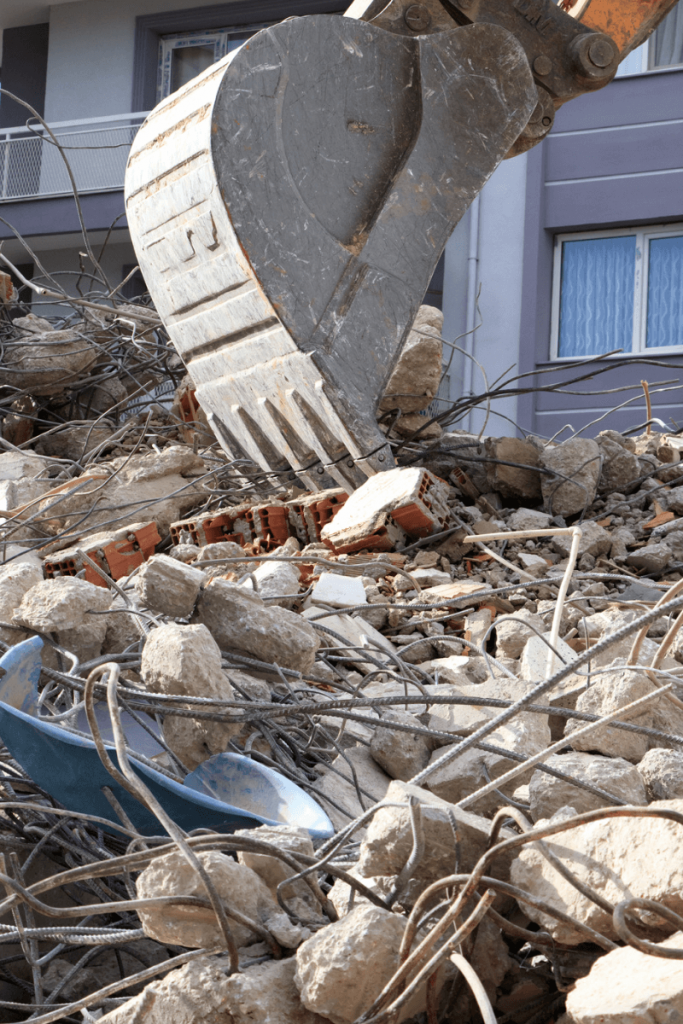Greenwashing in the Property Industry: The Truth Behind 'Green' DevelopmentS
Our biggest challenge in this new century is to take an idea that seems abstract - sustainable development - and turn it into a reality for all the world's people.
Kofi Annan
Descirbing sustainable Development
At its core, green or sustainable development aims to reduce the negative impact of development on the environment while promoting social and economic benefits. This includes reducing greenhouse gas emissions, conserving natural resources, promoting renewable energy, and using sustainable materials and technologies.
Green or sustainable development is not just about individual buildings or projects. It is a broader concept that considers the sustainability of entire communities and cities. This includes promoting public transportation, green spaces, and access to clean water and healthy food.


Green development issues within the property industry:
We are also seeing that developers focusing on on cosmetic changes, such as adding solar panels or green roofs, rather than making fundamental changes to the design of the building. While these features can be beneficial, they are often not enough to make a significant impact on the building’s overall environmental footprint.
Incorporating solar energy alone is not enough to make a development truly sustainable or green. A green development should be designed and constructed with sustainability as a core consideration from the outset.
To address these issues, there needs to be greater transparency and accountability in the property industry. Governments should consider implementing mandatory green building requirements to ensure that developers are held accountable for their claims. Additionally, consumers should be educated on what to look for in a genuinely green development, such as certifications and specific sustainability features.
GreenWahsing
GREEN BUILDING IN SOUTH AFRICA
The green building movement in South Africa is driven by both the private and public sectors. Private sector organizations are increasingly recognizing the benefits of green building, including cost savings, improved building performance, and increased market appeal. The public sector is also playing a significant role in promoting green building, with the South African government enacting a range of policies and regulations to encourage sustainable development.
One of the key challenges facing the green building movement in South Africa is the lack of awareness and education among developers, architects, and other stakeholders. Many are not familiar with green building practices and are resistant to change. To address this, the GBCSA and other organizations are providing training and education programs to promote green building practices and increase awareness among key stakeholders.
In conclusion, green building is an essential component of sustainable development in South Africa, as it addresses critical challenges such as energy and water scarcity, and promotes economic growth and job creation. With the support of government policies and regulations, as well as private sector investment, green building is poised to become the norm in South Africa’s construction industry.
Sustainable/Green Development Not meeting the requirements
With a growing trend in the property industry to market developments as “green” or “sustainable”, we have found many of these claims are often exaggerated, and in some cases, completely misleading. As a result, the term “green development” has been misused, and the actual impact of these projects on the environment is often negligible.
The misuse of the term “green development” is not only misleading but also potentially harmful. It can mislead consumers into thinking that they are making environmentally conscious choices when, in reality, they are not. Moreover, it can contribute to greenwashing, which is the act of making false or exaggerated claims about the environmental benefits of a product or service.
